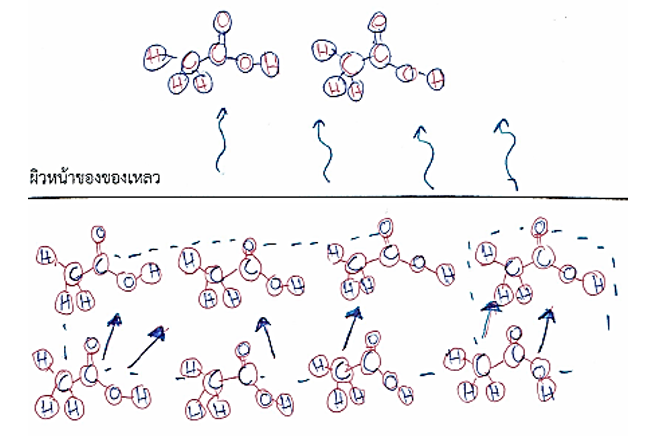Model-centered instruction sequence of evaporation on grade 10 students’ scientific modeling
Main Article Content
Abstract
Scientific modeling has been necessary for learning, which can encourage students’ conceptual understanding through four steps consist of construction, evaluation, revision and using a model for prediction or explanation phenomenon. The purpose of this research was to investigate students’ scientific modeling by using model-centered instruction sequence (MCIS) of evaporation. Participants were 16 grade 10 students who studied at a public high school in Khon Kaen province. Data was collected during the instruction of evaporation and analyzed as a percentage. The research findings were summarized as follows. The construction and the evaluation of model were rated at average level (43.75%). The revision of model was rated at excellent level (50.00%) and the using of model for prediction was rated at good level (50.00%). The revision and the using of model are very important for scientific modeling therefore, model-centered instruction sequence (MCIS) is suitable for science instruction.
Article Details
The Journal of Science and Science Education (JSSE) retain the right of all articles published in JSSE. The coresponding author or the authorized person on behalf of the authors must send the complete Copyright Transfer Form to JSSE before any article get published in JSSE.
Copyright Transfer Form
The JSSE request the coresponding author or the authorized person on behalf of the authors upload the manuscript under the together with the Copyright Transfer Form under the supplementary data. The guidline for uploading both manuscript and Copyright Transfer Form is shown below:
1. Upload the manuscript in the sub-menu, Article Component > Article Text.
2. Upload the the Copyright Transfer Form in the sub-menu, Article Component > Other.
Download Copyright Transfer Form
References
ลือชา ลดาชาติ และลฎาภา ลดาชาติ. (2559). ความเข้าใจเกี่ยวกับธรรมชาติของการสืบเสาะทางวิทยาศาสตร์ของนิสิตครูวิชาเอกชีววิทยา. วารสารนวัตกรรมการเรียนรู้, 2(1), 24-44.
เอกภูมิ จันทรขันตี. (2559). การจัดการเรียนการสอนเพื่อส่งเสริมทักษะการโต้แย้งในชั้นเรียนวิทยาศาสตร์. วารสารมหาวิทยาลัยราชภัฏยะลา, 11(1), 217-232.
Beak, H., Schwarz, C., Chen, J., Hokayem, H. and Zhan, L. (2011). Engaging elementary students in scientific modeling: The MoDeLS 5th grade approach and findings (pp. 195-220). In M. Khine and I. Saleh (Eds.), Dynamic modeling: Cognitive tool for scientific enquiry. London: Springer.
Bamberger, Y. M. and Davis, E. A. (2013). Middle-school science students’ scientific modelling performances across content areas and within a learning progression. International Journal of Science Education, 35(2), 213-238.
Davis, E. A., Kenyon, L., Hug, B., Nelson, M., Beyer, C., Schwarz, C., and Reiser, B. J. (2008). MoDeLS: Designing supports for teachers using scientific modeling. In Proceeding of the Association for Science Teacher Education. 10 January 2008. St. Louis, MO: The Association for Science Teacher Education.
Gilbert, J. K. (2004). Models and Modelling: Routes to more authentic science education. International Journal of Science and Mathematics Education, 2(2), 115-130.
Harrison, A. G. (1996). Conceptual change in secondary chemistry: The role of multiple analogical models of atoms and molecules. Unpublished Doctoral Dissertation, Curtin University of Technology, Perth, Western Australia.
Hrepic, Z. (2004). Development of a real-time assessment of students’ mental models of sound propagation. Unpublished Doctoral Dissertation, Kansas State University, Manhattan, Kansas, United States.
Schwarz, C. V., Reiser, B. J., Davis, E. A., Kenyon, L., Acher, A., Fortus, D. and Krajcik, J. S. (2009). Developing a learning progression for scientific modeling: Making scientific modeling accessible and meaningful for learners. Journal of Research in Science Teaching, 46(6), 632-654.


